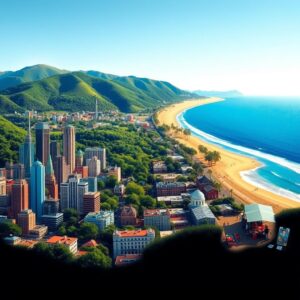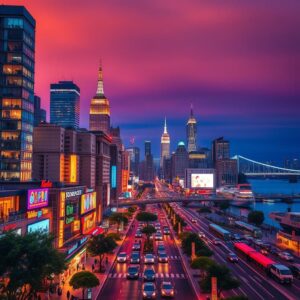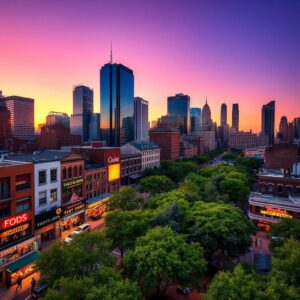
Explore & Play
Discover interesting topics and solve the accompanying crossword puzzle.
Bay Crossword: Exploring the World’s Most Fascinating Bays
Table of Contents
Bay crossword
You can either fill in the crossword puzzle directly on this page or click the button in the bottom right corner to print it for free.
——————————————
Exploring the World’s Most Fascinating Bays: From Bay of Bengal to San Francisco Bay
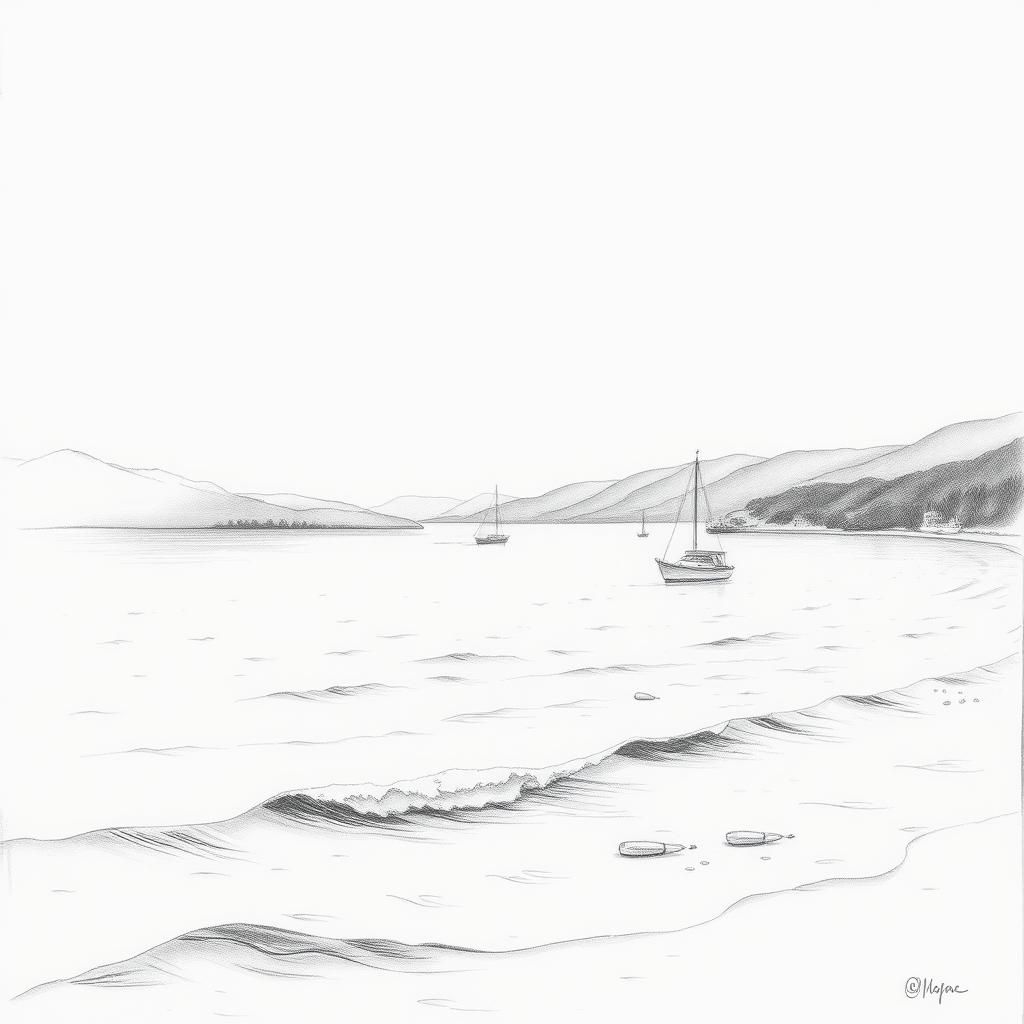
Imagine standing at the edge of a quiet inlet where land curves protectively around the water, creating a sheltered harbor buzzing with life. That’s a bay—a natural embrace between earth and sea, a place where ecosystems flourish, cultures converge, and economies pulse with activity. Bays are more than just geographical features; they are crossroads of history and nature, weaving together stories of people and places across centuries.
Around the world, bays serve as gateways to exploration, hubs for trade, and sanctuaries for countless species. From the bustling ports of the Bay of Bengal, where ancient maritime routes still echo with the hum of commerce, to the shimmering urban waters of San Francisco Bay, where tides rise and fall amid a modern battle against climate change, each bay tells its own story. These watery arms of the ocean hold ecosystems delicate yet resilient, and communities shaped by the tide of history.
In this article, we’ll journey through some of the world’s most fascinating bays—not just to admire their natural beauty, but to uncover the cultural threads, environmental challenges, and innovative responses that make each unique. It’s a voyage that brings together natural history, local legends, and the present moment, inviting you to see bays as living landscapes where the past and future meet. Whether you’re drawn by ancient myths, cutting-edge sustainability efforts, or the simple, timeless rhythm of water against shore, there’s a story here waiting to be discovered.
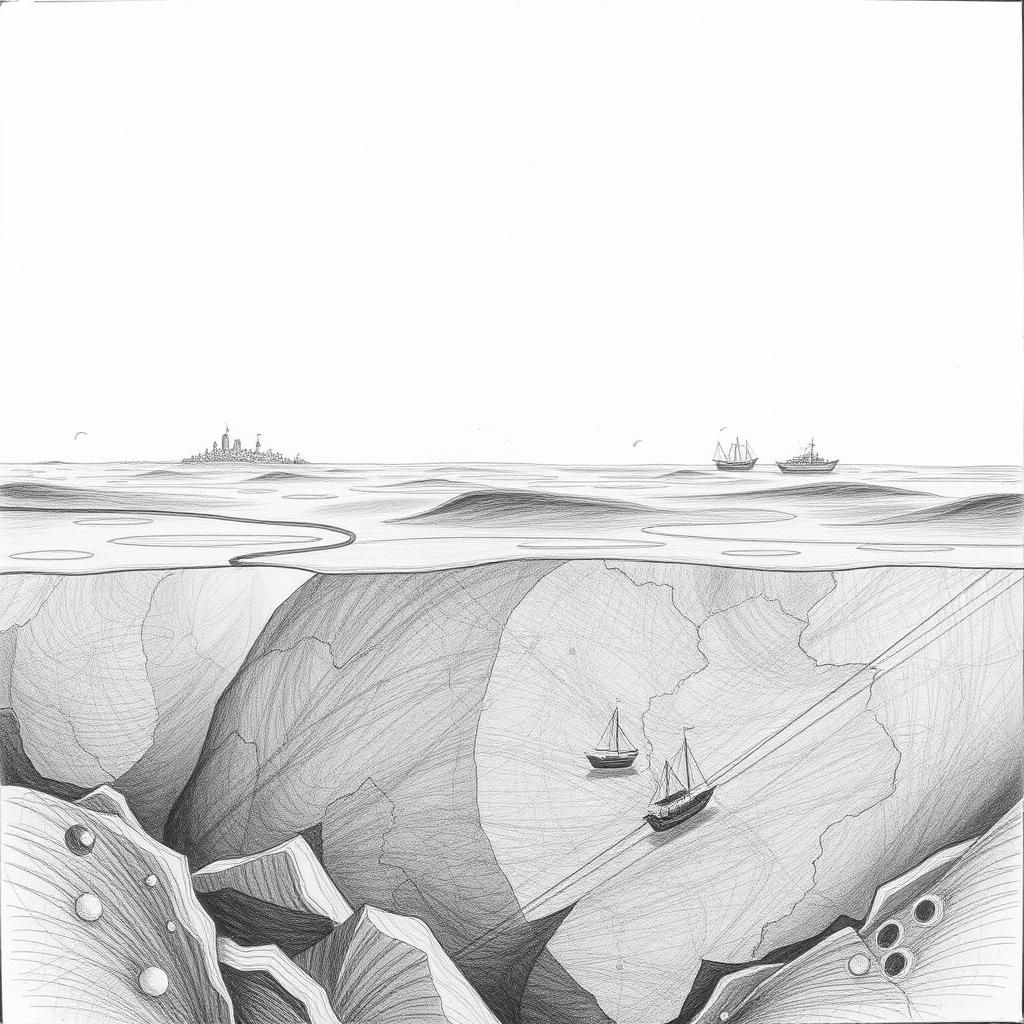
Bay of Bengal: The Ancient Maritime Giant
Picture a vast expanse of deep blue water stretching from India’s eastern shores all the way to the coasts of Myanmar and Bangladesh. This is the Bay of Bengal, not just a body of water, but a living chapter of Earth’s geological story, shaped over 145 million years. Born from the slow, powerful breakup of the supercontinent Gondwana, its seabed carries the echoes of prehistoric shifts that continue to define the lives and livelihoods surrounding it.
But the Bay of Bengal is more than ancient rock and sediment; it’s a bustling artery of modern connectivity. Underneath its waves lies the Bay of Bengal Gateway, a crucial submarine cable project threading together nations like Sri Lanka, Malaysia, India, and the UAE. This underwater network isn’t just about faster internet—it’s a modern lifeline knitting diverse cultures and economies into a shared digital future.
Amidst this blend of deep time and cutting-edge technology, the Bay remains a cradle of culture and commerce. Fishing communities have thrived here for centuries, their boats dotting the horizon with vibrant sails. The bay’s waters carry spices, textiles, and stories—reminders of old trade routes where merchants bartered goods and exchanged ideas. Today, ports along its shores hum with activity, a living testament to the bay’s enduring role as a crossroads of nature and human ambition.
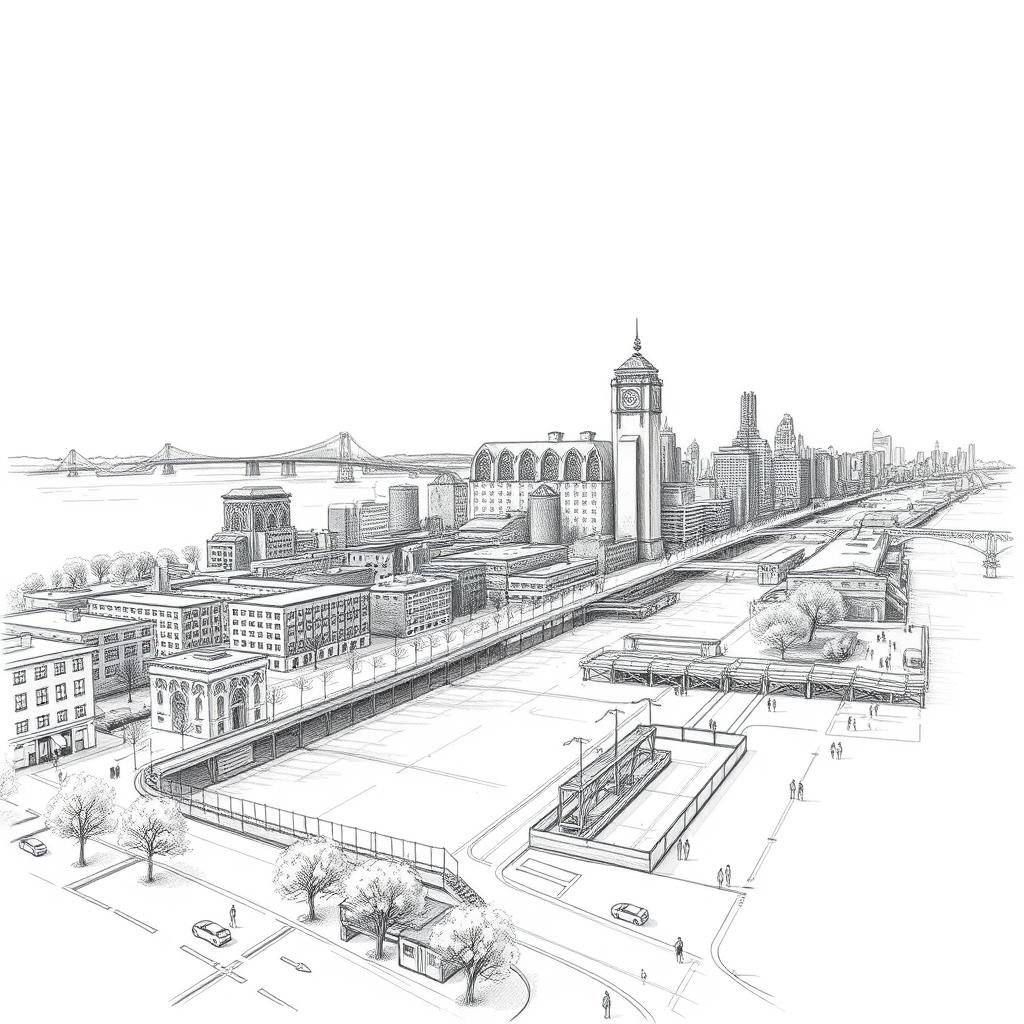
Hudson Waterfront: Urban Revitalization and Diversity
Step onto the Hudson Waterfront today, and it’s hard to imagine that this vibrant stretch was once dominated by clanking factories and sprawling industrial yards. The transformation here reads like a story of rebirth—old warehouses softened into airy lofts, vacant docks replaced by winding parks where joggers and families gather under the open sky. These changes didn’t just reshape the landscape; they rewrote the identity of riverfront communities from Newark to Jersey City.
Beneath this modern rhythm pulses a rich tapestry of cultural diversity. In neighborhoods like Jersey City and Bayonne, you’ll hear the sounds of languages that trace winding migrations across continents. Egyptian Coptic, for example, threads through local churches and markets, a living reminder of communities who’ve made these shores their home. It’s a mosaic where each language, tradition, and story deepens the connection between people and place.
Yet, urban renewal isn’t without its challenges. Balancing development with affordability and environmental health remains a delicate dance. Rising tides of both real water and economic pressures remind us that the waterfront’s future depends on thoughtful planning and inclusive growth. Here on the Hudson, past and present meet—a collaboration of steel, water, and humanity charting paths toward a new urban horizon.
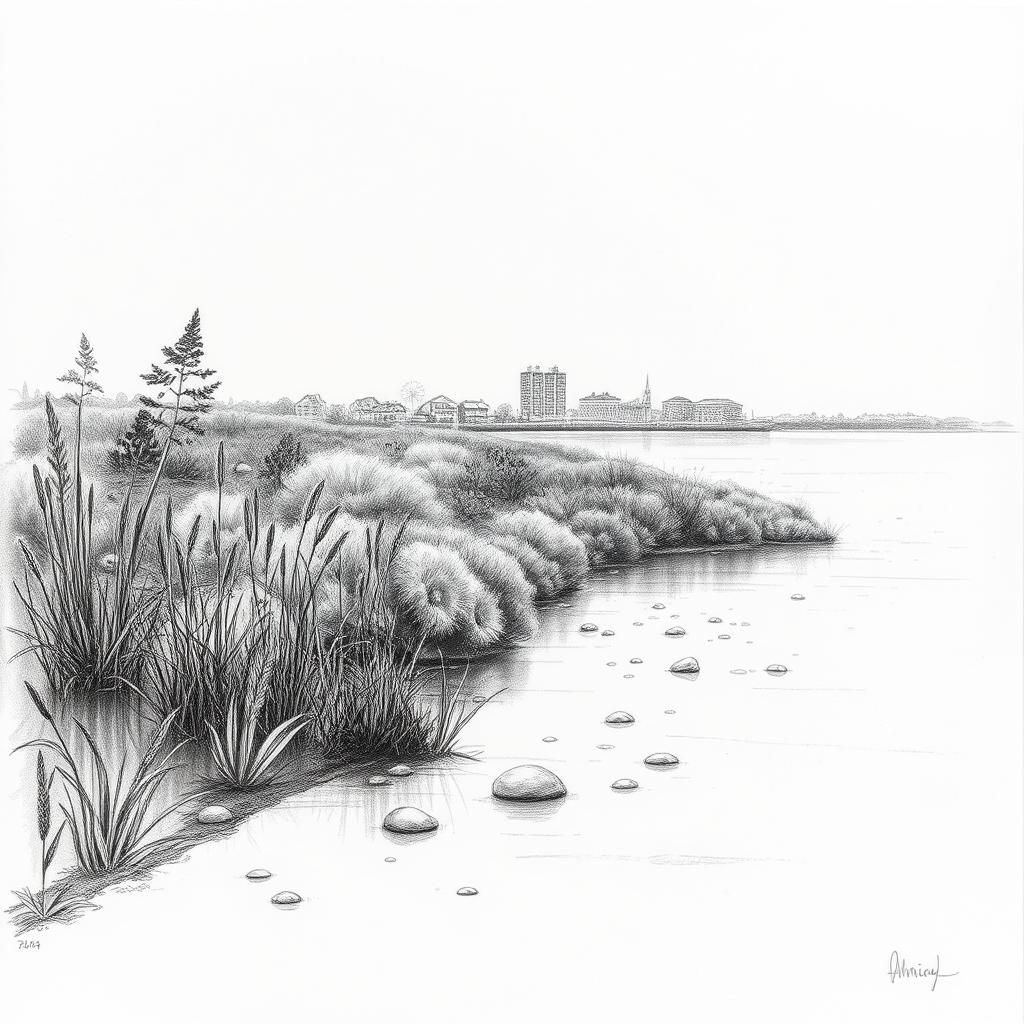
San Francisco Bay: Battling Climate Change and Rising Waters
Picture the fog-tinged mornings over San Francisco Bay, where the gentle slap of water against piers and the distant calls of seabirds have defined the city’s edge for centuries. Now, this timeless scene faces an urgent threat—rising seas slowly creeping higher, inching toward neighborhoods, wetlands, and the bustling waterfronts below the Golden Gate.
Sea level rise here isn’t just a number; it’s a harbinger of change for communities already living close to the water’s edge. Vulnerable areas—from low-lying marshes to historic districts—are grappling with floods that seem to come more often, more fiercely. The 2024 federal study, embedded in the Water Resources Development Act, marks a landmark effort to confront this reality head-on. It’s not just about walls or barriers; the focus is squarely on nature-based adaptations that work with the bay’s rhythms rather than against them.
Enter living shorelines—a concept as elegant as it is effective. Instead of concrete seawalls, these defenses use native plants, oyster reefs, and marshland restoration to soften waves and hold back erosion. They breathe life back into ecosystems, creating buffers that absorb water while nurturing biodiversity. This approach honors the bay’s natural pulse, inviting the shoreline itself to be an active participant in its own defense.
Yet challenges abound. Urban development pressures, pollution, and the sheer scale of change make conservation a delicate, ongoing struggle. Local environmental groups stand as guardians of this fragile balance, rallying communities to appreciate and protect these living landscapes.
Looking ahead, the bay’s future depends on the strength of partnerships—between scientists, policymakers, and neighbors alike. The fight against rising waters is not just about infrastructure but about preserving the spirit of a place where land meets sea, history meets hope, and every tide carries a story worth saving.
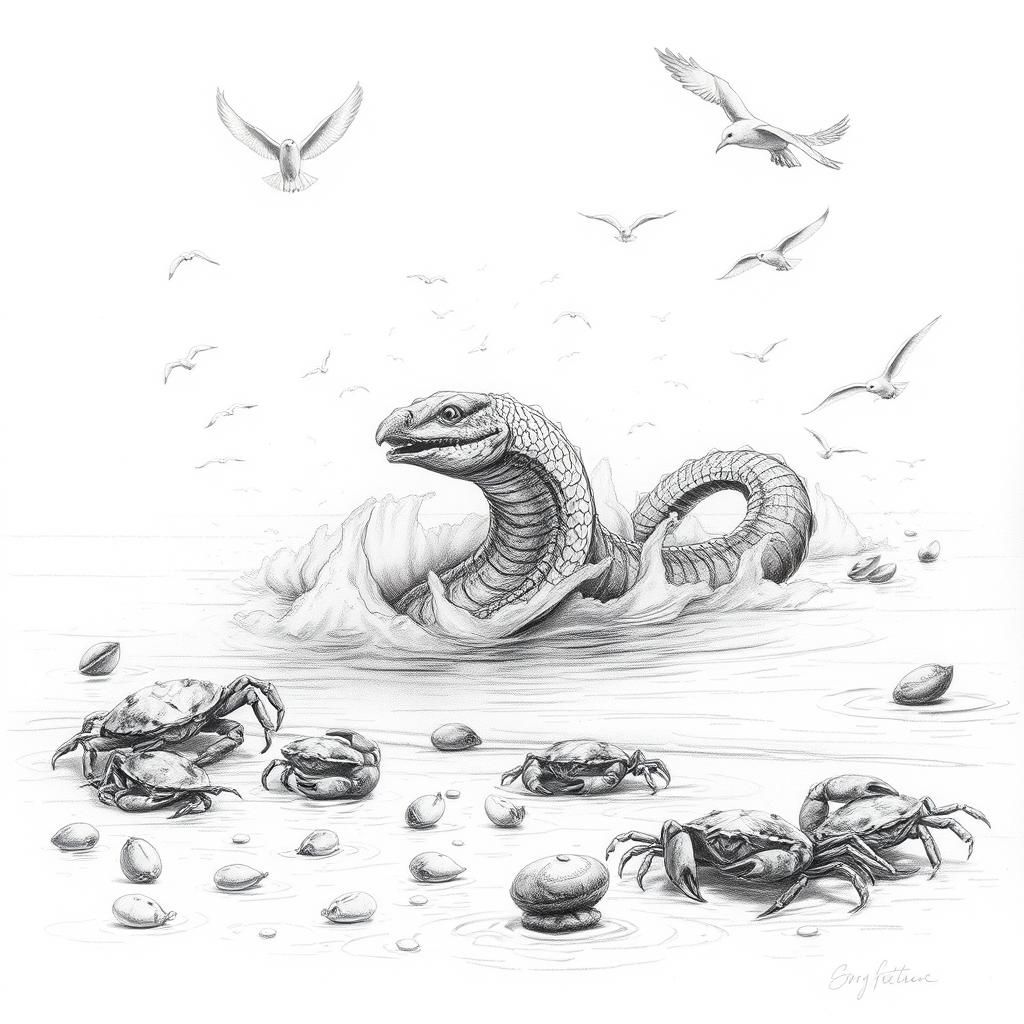
Chesapeake Bay: Legends and Ecological Richness
Step onto the shores of Chesapeake Bay, and you’re stepping into a place where history and nature weave together in an unbroken thread. Here, the water doesn’t just lap against the land—it whispers tales of ancient myths and bustling ecosystems that have sustained communities for centuries.
Among these stories, the legend of Chessie stands out—a sea serpent said to glide beneath the bay’s surface, a creature both feared and beloved by locals. Chessie isn’t just a ghost story; it’s a symbol of the bay’s mysterious depths and a reminder of how humans have long sought to understand the rhythms of this vast estuary. The tales of Chessie invite us to imagine the unknown and respect the wildness hiding beneath calm waters.
But Chesapeake Bay is far more than folklore. It’s an ecological powerhouse—where freshwater from rivers meets the salty tides of the Atlantic, creating a rich mosaic of habitats. This mosaic supports blue crabs, oysters, and hundreds of bird species, forming the backbone of local traditions, from crab feasts to fishing rituals passed down through generations. The bay’s bounty shapes the culture around it, anchoring communities in a shared heritage of stewardship and celebration.
For those who know Chesapeake Bay, it’s a living landscape, where every ripple carries the pulse of history and every breeze smells faintly of salt and pine. In balancing the myths with the reality of its ecological wealth, Chesapeake reminds us that the past and present are inseparable—and that our care today shapes the stories yet to be told.
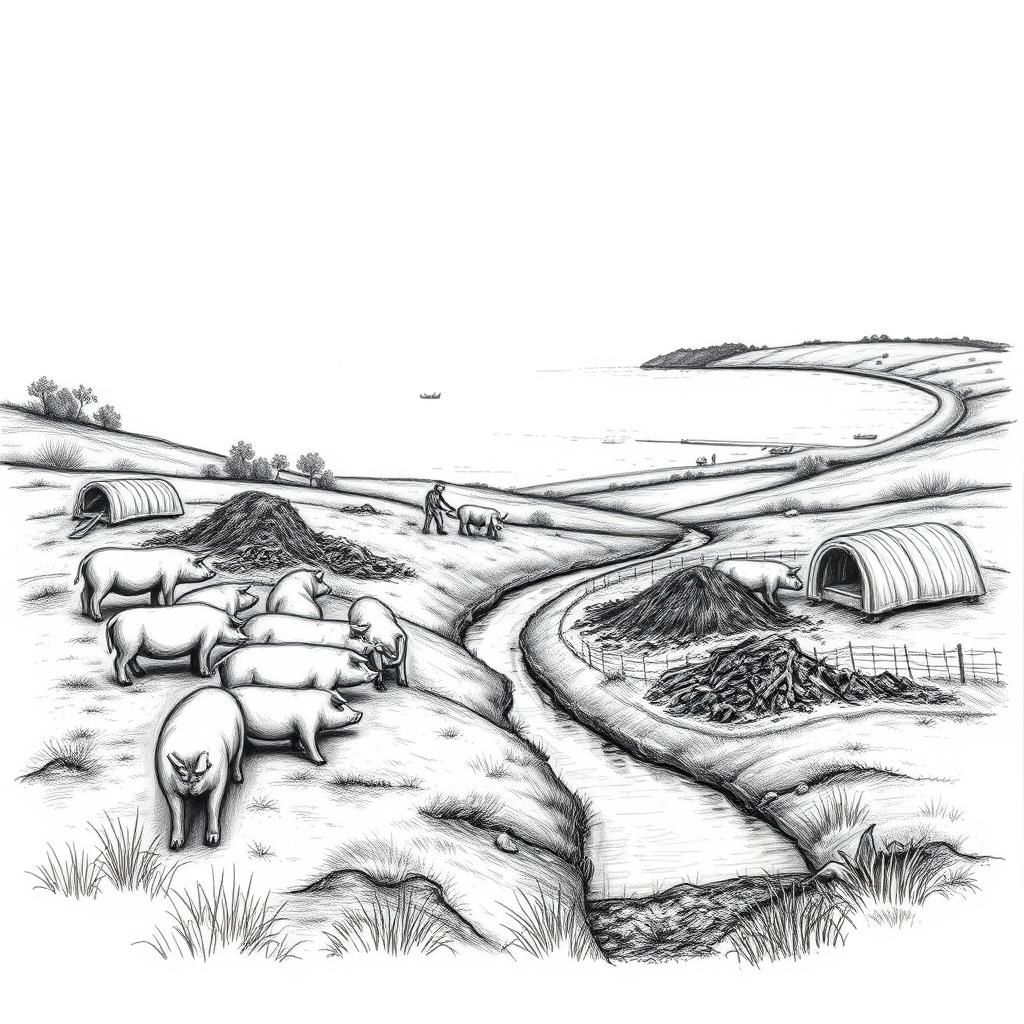
Tokyo Bay: Sustainable Farming Practices
Imagine pig farms not as sources of pollution, but as hubs of innovation—this is the evolving story along Tokyo Bay. In a region where space is tight and environmental pressures mount, farmers have turned to cutting-edge waste recycling technologies that transform manure from a burden into a resource. Instead of letting waste seep into waterways, these systems capture and repurpose it, reducing pollution and closing nutrient loops in a way that feels both practical and hopeful.
This approach isn’t just good for the environment; it’s reshaping local agriculture and economy too. By cutting down on harmful runoff, farmers protect the bay’s fragile ecosystems, ensuring that fisheries and recreational spots thrive. At the same time, the sustainability spotlight draws fresh attention to Tokyo Bay’s farms, inspiring community support and opening doors to markets that value eco-friendly practices. It’s a quiet revolution—one where ancient farming meets modern technology, all working in harmony with the bay’s ebb and flow.
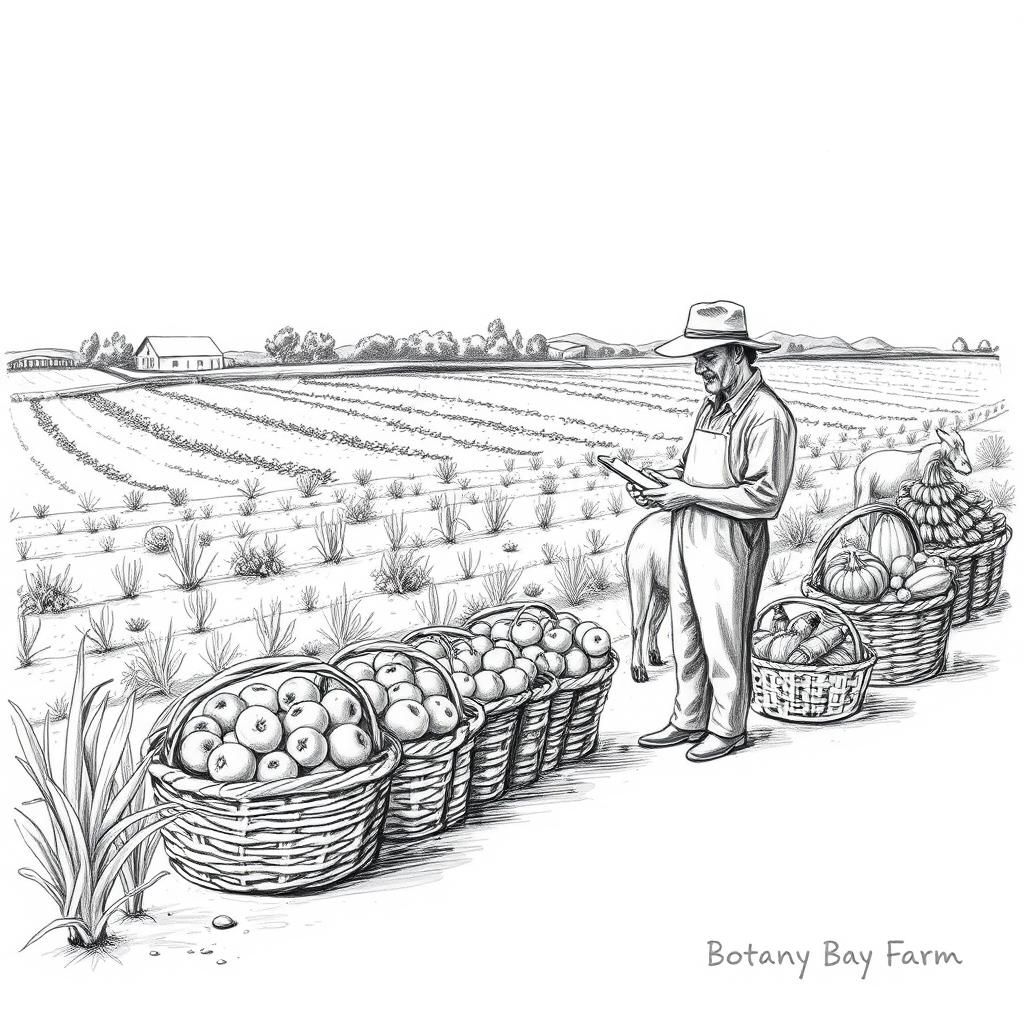
Botany Bay: A Blend of Tradition and Modern Commerce
Step into Botany Bay Farm, and you’re greeted by a warm patchwork of fields, rows of ripe vegetables, and the soft hum of nature at work. It’s more than just a farm—it’s a community hub where tradition meets the convenience of today. Here, the farmers have embraced modern technology without losing touch with the land that has nurtured them for generations.
Local produce tells a story of soil, sun, and steady hands turning seeds into fresh bounty. At Botany Bay, you don’t just pick your own strawberries; you get the chance to order online and pay by card, seamlessly blending old-world charm with new-world ease. This simple fusion invites more people to engage with food at its source—making the farm’s offerings accessible beyond the Saturday morning crowd.
It’s a small but meaningful step towards connecting communities to their roots while respecting the rhythms of nature. This balancing act—honoring heritage while welcoming innovation—gives Botany Bay Farm a distinct flavor all its own. Whether you’re strolling the fields or clicking through their online shop, you become part of a living tradition that carries forward the spirit of the land into the modern age.

Guanabara Bay: Rio de Janeiro’s Bay of 100 Islands
Step into Guanabara Bay, and you’re greeted by a dazzling mosaic of more than a hundred islands, each a quiet guardian of Rio de Janeiro’s sprawling coastline. It’s easy to see how this treasure trove earned its poetic nickname—the “Bay of 100 Islands”—a place where turquoise waters kiss lush greenery, and rugged rock formations rise like sentinels from the sea.
This bay has been a witness to centuries of stories. Long before the city’s vibrant samba rhythms filled the air, indigenous tribes paddled these waters, weaving an intimate relationship with the land and sea. When Portuguese explorers arrived in the 16th century, they found not just a natural harbor but a strategic gateway, setting the stage for Rio’s emergence as a bustling colonial hub. Today, the bay cradles Rio’s iconic landmarks, the Sugarloaf Mountain and the sprawling cityscape, reminding us how nature and human ambition coexist at this edge of the continent.
Yet, beneath its surface lies a complex challenge. Guanabara Bay bears the weight of urban pressure—pollution from industrial runoff and sewage threatens its fragile ecosystems. Local communities and environmental groups are raising their voices, nurturing restoration projects that honor both ecological balance and cultural heritage. Mangrove replanting, water treatment initiatives, and the championing of sustainable fishing practices are all steps toward healing the bay’s wounds.
Guanabara Bay is more than a body of water; it’s a living archive of Rio’s past and a canvas for its future. As the tides turn, this bay invites us to reflect on the delicate dance between preservation and progress—a quiet hope that the story of these 100 islands continues, vibrant and alive for generations to come.

Narragansett Bay: Maritime History and Indigenous Culture
Step onto the shores of Narragansett Bay, and you’re stepping into a living story that’s been unfolding for thousands of years. The Narragansett people, the Indigenous stewards of this land and sea, have long called these waters home. Their traditions and connection to the bay are woven into the rhythms of the tides and the seasons—fishing, shellfishing, and storytelling forming the heartbeat of their culture. This place isn’t just geography; it’s a cultural landscape where family legends and ancient practices continue to echo.
But Narragansett Bay carries more than Indigenous heritage—it’s a chapter in America’s maritime saga. Beneath its surface lie shipwrecks that whisper stories of colonial trade, naval battles, and daring voyages. During the Cold War, parts of the bay took on a secret life, hosting military installations that kept watch under the tense skies. These layers of history give the bay a mysterious allure, inviting visitors to look deeper.
Today, the bay bustles with modern life, where sailing clubs, educational programs, and conservation efforts bring communities together. Whether through a boat tour tracing the coastline or a museum exhibit sharing local lore, Narragansett Bay remains a place where the past invites us to learn, reflect, and connect. In its currents, the old and new flow as one, reminding us that history is never far from the surface.
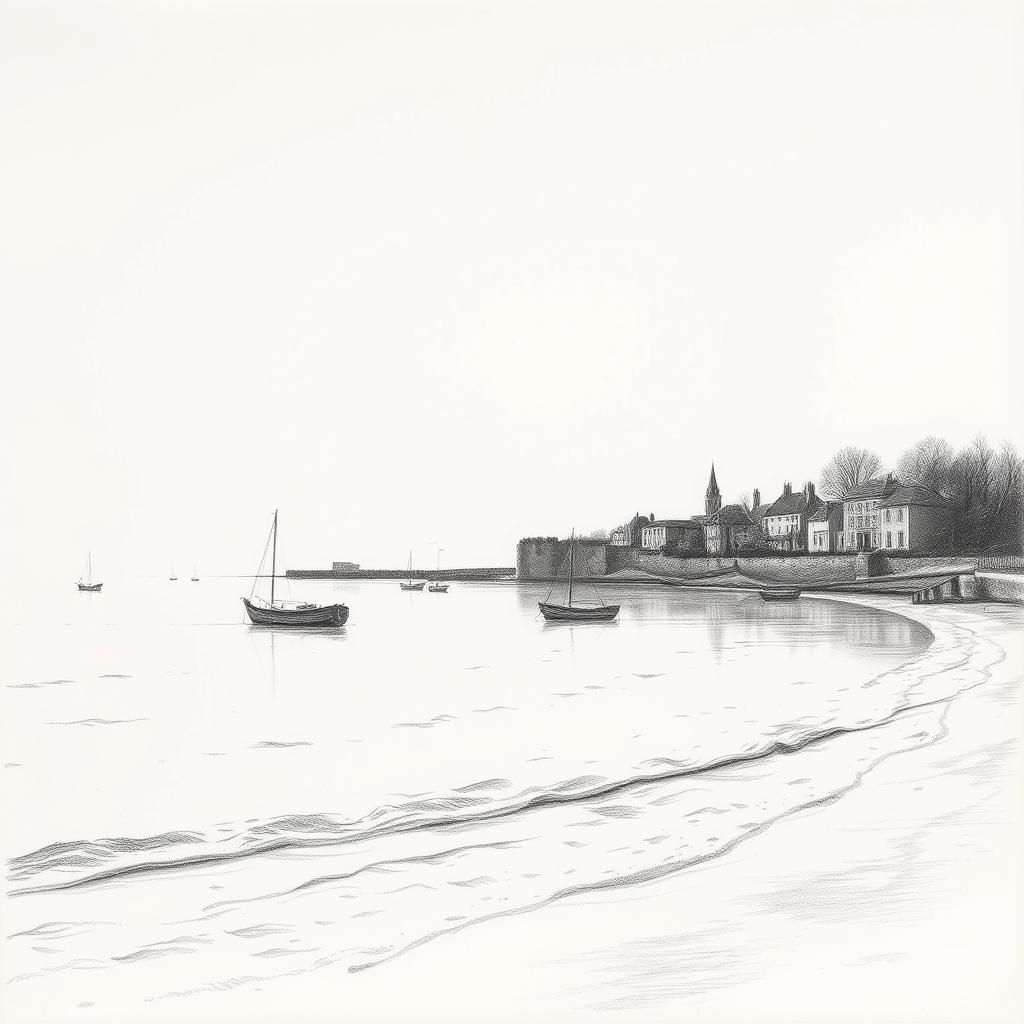
As we journey through these remarkable bays—from the ancient tides of the Bay of Bengal to the vibrant shores of Narragansett—we see more than just water meeting land. Each bay is a living canvas, painted with stories of people and nature intertwined across centuries. They shape economies, cradle cultures, and nurture ecosystems that sustain countless lives. Yet, amid their beauty and bounty, they face modern challenges—rising seas, pollution, and urban pressure—that demand thoughtful care.
These bays remind us how history and geography don’t just linger in textbooks; they flow through the everyday lives of communities connected to them. Understanding their past helps us appreciate their present and guides how we protect their future. It’s in this blend of human story and natural wonder that bays truly come alive.
So, as travelers, residents, or curious minds, we all share a stake in these waters. By promoting awareness and embracing sustainable practices, we honor the delicate balance that keeps bays thriving—ensuring these timeless harbors remain vibrant places of culture, life, and hope for generations to come. Let’s keep walking alongside them, with respect and care, watching how they continue to shape our world.
Share to...
I hope you enjoy the content.
Want to receive our daily crossword puzzle or article? Subscribe!
You may also be interested in
Share to…
Want to receive our daily crossword puzzle?
-
Jigsaw Puzzles
Art Nouveau Puzzle – White Rabbit in a Whimsical Garden 250 | 300 | 500 Pieces
kr 348,00 – kr 439,00Price range: kr 348,00 through kr 439,00 Select options This product has multiple variants. The options may be chosen on the product page -
Jigsaw Puzzles
Art Nouveau Jigsaw Puzzle with Playful Dog in Scenic Landscape 250 | 300 | 500 Pieces
kr 348,00 – kr 439,00Price range: kr 348,00 through kr 439,00 Select options This product has multiple variants. The options may be chosen on the product page -
Jigsaw Puzzles
Art Nouveau Jigsaw Puzzle with Betta Fish in Lush Garden Scene 250 | 300 | 500 Pieces
kr 348,00 – kr 439,00Price range: kr 348,00 through kr 439,00 Select options This product has multiple variants. The options may be chosen on the product page
